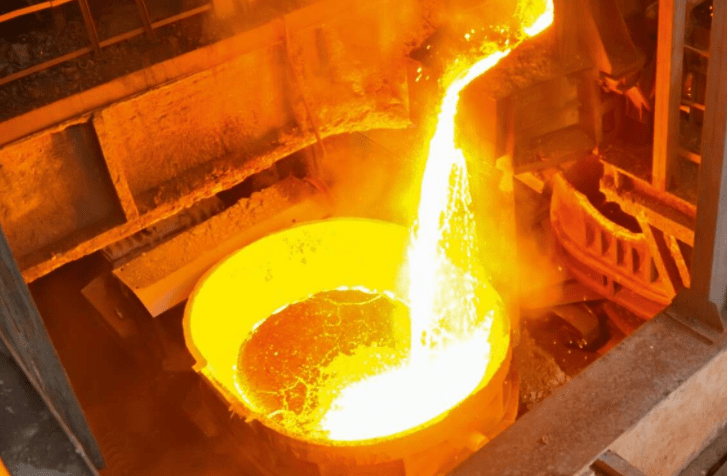Steel mills in the United States manufacture a number of products that can be classified into general categories: flat, long, tube and semi-finished products.
All of these products can be made from different types of steel (e.g., carbon, alloy and stainless).
In terms of volume, flat and long products account for the majority of U.S. steel mills’ production.
Most of these products are sold to distributors, machine builders and secondary steelmakers.
Steel mills in the United States
Relatively large on a global scale, the U.S. steel industry is also highly concentrated, with the four largest companies accounting for 71.5% of industry revenues, according to U.S. International Trade Commission (USITC) data.
Consolidation evolved primarily through considerable industry restructuring and merger activity between 2010 and 2022.
This consolidation was attributed to increasing global competition and volatile input costs, along with fewer smaller companies entering the market.
One of the reasons steelmakers may be pursuing consolidation and vertical integration is to reduce production costs.
Larger, diversified operations can reduce production costs through economies of scale and mitigate the risk of negative product or market segment conditions.
The following is a brief description of the major product groups of steel mills, according to the USITC.
Flat products
Hot-rolled and cold-rolled sheet and strip. Hot-rolled flat steel is the main product of U.S. steel mills.
Transformers typically process the steel into products for the construction, machinery manufacturing and automotive industries.
Long products and steel mills
Includes reinforcing steel bars, rails, rods and beams.
Steel bars are often used as tensioning devices in reinforced concrete and other masonry structures.
The consumption of rebar is closely linked to residential and non-residential construction demand.
Tubes and pipes
Seamless or welded pipes. These products are mainly used in the construction and energy sectors.
Semi-finished products
Intermediate solid forms of molten steel, which are reheated and forged, rolled, formed or formed into finished steel products. Includes blooms, billets, slabs, ingots and foundry steel.
Steel
In terms of global scale, the United States produced 85.8 million metric tons (mmt) of crude steel (steel in the first solid state after melting, suitable for further processing or for sale) in 2021, making it the world’s fourth largest producer, behind China (1,032. 8 mmt), India (118.2 mmt), and Japan (96.3 mmt).
The U.S. steel industry produced crude steel in 2021 with an estimated value of about $110 billion, up 31.0% from $84 billion in 2017.
Total U.S. crude steel production capacity in 2021 was about 106 million metric tons.
In terms of global scale, the United States produced 85.8 million metric tons (mmt) of crude steel (steel in the first solid state after melting, suitable for further processing or for sale) in 2021, making it the world’s fourth largest producer, behind China (1,032. 8 mmt), India (118.2 mmt), and Japan (96.3 mmt).
![]()

